How does photosynthesis work in Venus Flytraps?
The Venus Flytrap, like all plants, undergoes photosynthesis to generate energy. Photosynthesis is the process by which plants use light energy to convert carbon dioxide and water into organic compounds, such as sugars, that can be used as food.
In the case of the Venus Flytrap, photosynthesis takes place in the green portions of the plant, such as the leaves. The traps of the plant, which are the modified leaves used to capture insects, do not contribute to photosynthesis.
During photosynthesis, the plant absorbs light energy through the chlorophyll molecules in its cells. This energy is used to split water molecules into oxygen and hydrogen ions, which are then combined with carbon dioxide to produce organic compounds, such as glucose.
In addition to photosynthesis, the Venus Flytrap also obtains nutrients by digesting the insects it captures in its traps. The plant is able to produce enzymes that break down the proteins and other compounds in the insect’s body, releasing nutrients that can be absorbed by the plant’s cells.


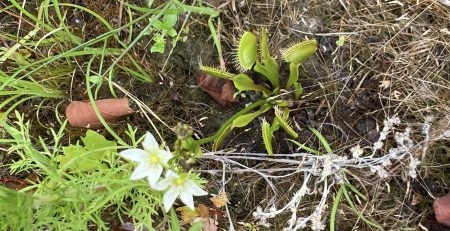
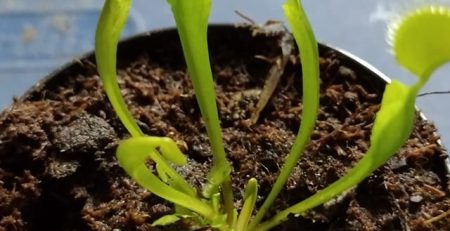
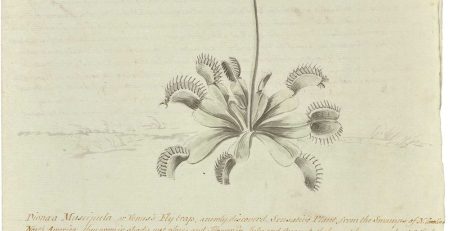
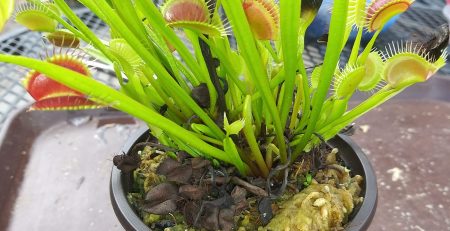
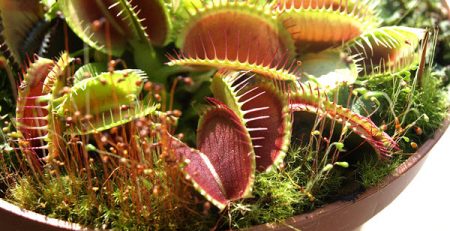
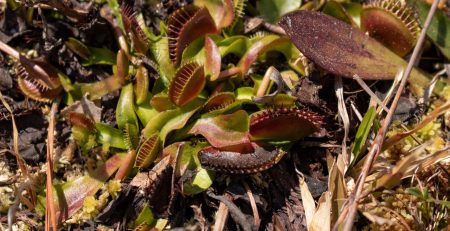
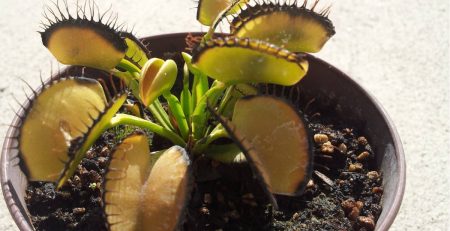
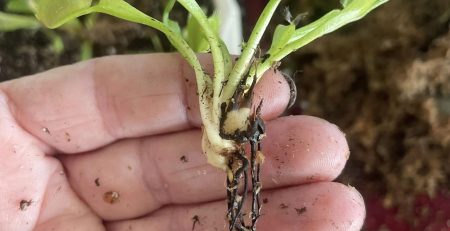
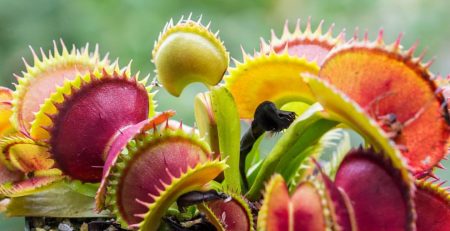
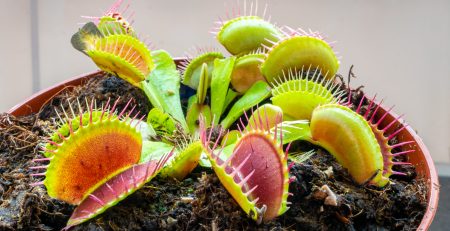
Leave a Reply
You must be logged in to post a comment.